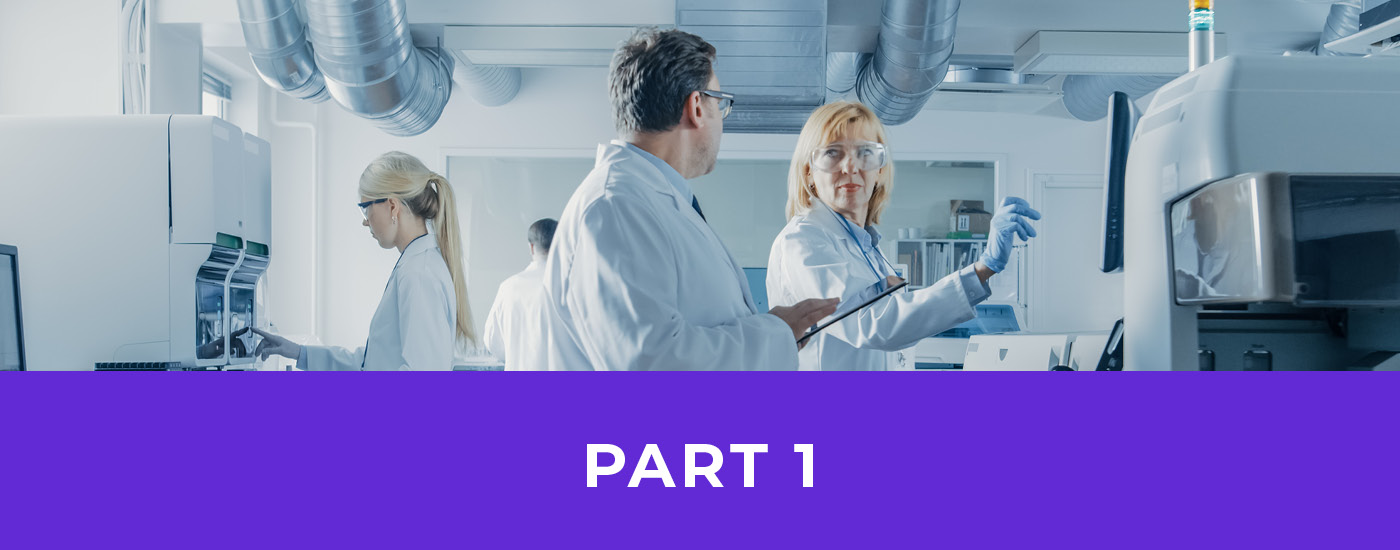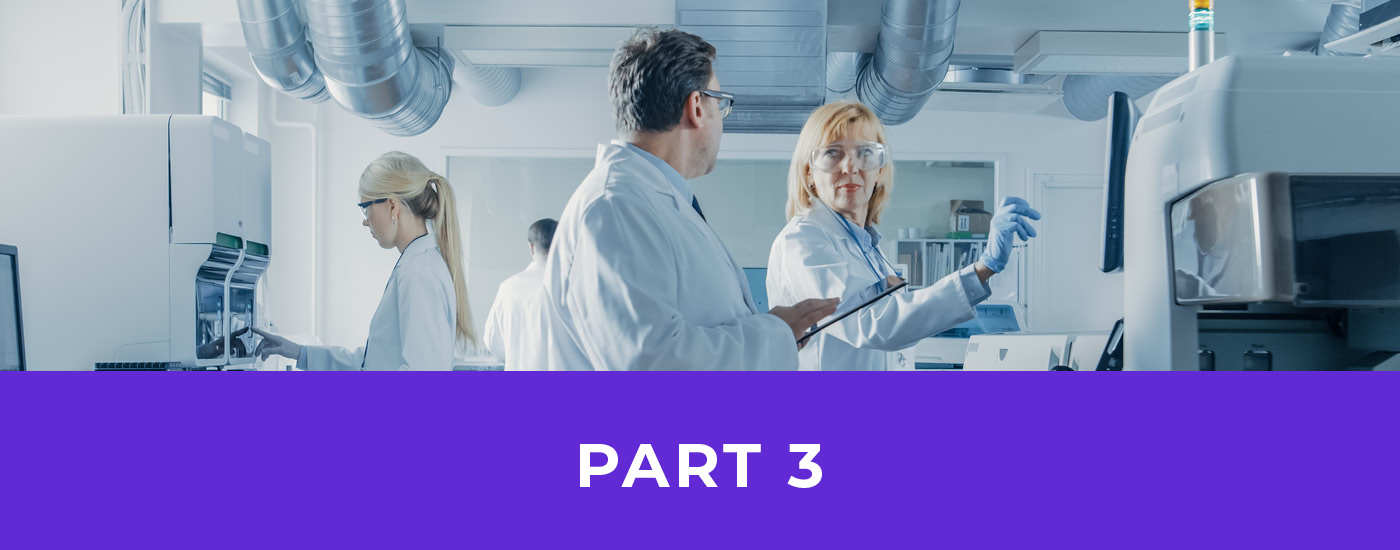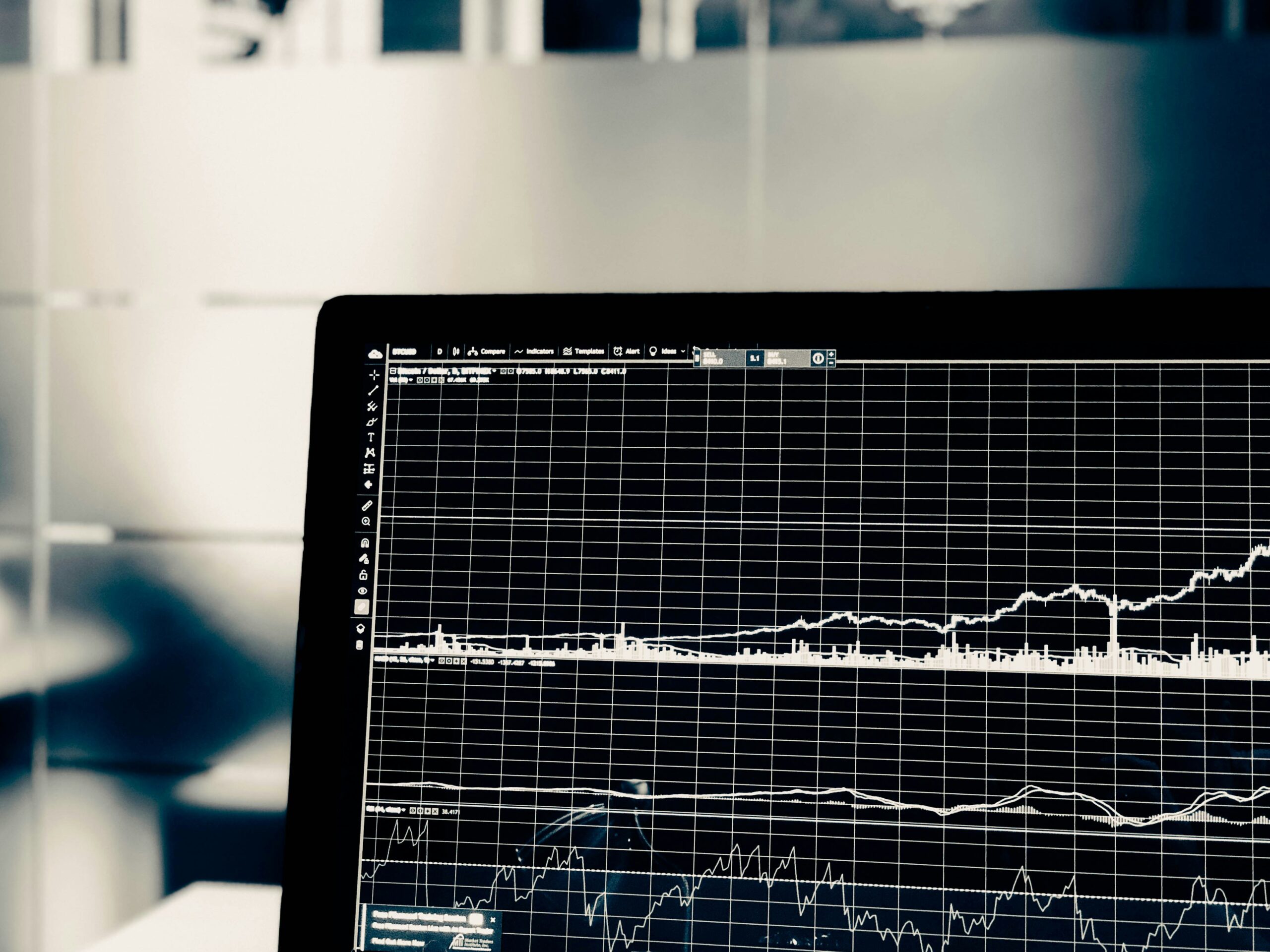- Blog
Why Lab Environments Demand Innovative New Approaches
Pharmaceutical therapeutic discovery. Biofuel testing. Genomic breakthroughs advancing precision medicine. The unassuming work within life sciences laboratories forms the foundation that launches medical revelations. But rarely is the critical nature of this work matched by stable conditions insulated from uncertainty.
Behind closed doors, these cutting-edge facilities compose vibrant hubs of intersecting workflows centered around sensitive instrumentation. Teams of technicians and scientists direct intricate experiments day and night to push innovation. Adjacent rooms shelter millions of dollars of equipment on the frontier of analytical capabilities. Regulatory committees continually up the ante on compliance stringency. It’s a prolific environment and also an exceptionally precarious one – where flow continuity teeters on factors both controllable and wildly ungovernable.
The Challenges: Why Traditional Solutions Fall Short
Many labs strive to uphold reliability through conventional odds-beaters – diligent oversight, preventative maintenance, even redundant equipment reserves as financial resources allow. Yet as operational complexity persistently ratchets upwards, common risks continue to impose disruptions:
- Real-time visibility deficiency: With vast arrays of specialized equipment, manually tracking equipment status, location, and health metrics becomes impractical.
- Time-draining data digitization: Technicians waste hours logged into multiple systems transcribing device usage statistics and maintenance notes to disparate spreadsheets.
- Strict regulatory mandates: Life sciences labs endure intense scrutiny with inflexible protocols for data capture, equipment calibration, training documentation, and archiving for years. Just one deviation can spell major sanctions.
- Costly downtime occurrences: Despite best efforts to sidestep failures through maintenance, unpredictable outages still materialize, sometimes cascading into six-figure revenue impact within hours.
- Environmental instability: Heat waves, humidity fluctuations, even marginal indoor temperature swings can influence readings and compromise results.
Faced with the herculean task of manually tracking hundreds of volatile variables while avoiding near constant disruption threats, many labs find themselves caught in a cycle of reactionary fire-fighting. What’s needed is a new class of solution capable of stabilizing multifaceted environments. The kind of platform integrating leading-edge predictive power and pervasive oversight to transform reliability, resilience and responsiveness organization-wide.
**A New Paradigm – How Digital Twins Revolutionize Lab Management **
While labs have long struggled with fragmented visibility and reactive approaches, recent years have given rise to a unique class of emerging technologies individualized to the challenges of dense operational ecosystems. Among the most disruptive is an innovation blending industrial internet-of-things (IIoT) sensors, cloud-based analytics, machine learning, and 3D modeling unified through cutting-edge software.
Introducing the digital twin – a virtual replica of physical equipment and lab processes aggregating real-time performance data to enable precise monitoring, early issue detection, predictive insights and informed planning. Replicating entities in digital space allows managers an omnipresent window into operational health spanning an entire lab ecosystem.
But unlike a stagnant mockup, digital twin versions dynamically update through billions of ongoing data measurements from IIoT instrumentation installed on associated equipment. Advanced analytics translate raw sensor telemetry into intelligence on component abnormalities and future failures. Interactive 2D or 3D models immersed in augmented environments permit navigating every inch of machinery virtually. collectively functioning as a central command hub for navigating complex lab systems.
Five Ways Digital Twins Can Play a Role in Lab Risk Mitigation
With companies amassing vast amounts of data, particularly through IoT sensors, and traditional tools struggling to handle the volume and complexity of data, how can organizations effectively visualize their data, akin to a Google Map, leveraging custom canvases such as floor plans, connecting to multiple real-time databases, and enhancing user experience to boost data utilization in daily tasks?
As the challenges in lab operations such as those above continue to evolve, digital twins have emerged as a powerful tool to mitigate these risks. They offer an innovative solution that addresses the complexities of lab environments and equips professionals with the tools they need to excel.
Digital twins are like virtual sentinels, watching over lab operations in real time. They offer a multi-faceted approach to risk mitigation:
- Predictive Maintenance: Digital twins monitor equipment health and usage patterns. By analyzing this data, they can predict when equipment is likely to fail. This proactive approach minimizes unscheduled downtime and reduces the risk of experimental disruptions.
- Real-time Monitoring: Lab managers and QA/QC professionals can access real-time data from digital twins, providing immediate insights into equipment and process performance. This level of visibility allows for rapid response to any deviations or anomalies.
- Compliance Assurance: With their ability to record and validate every step of lab operations, digital twins provide a robust foundation for regulatory compliance. They ensure that processes adhere to standards, helping labs avoid compliance-related risks
- Cost Reduction: Through predictive maintenance, process optimization, and risk mitigation, digital twins contribute to cost reduction. They help labs do more with less, maximizing the efficiency of budget allocations.
- Environmental Control: By monitoring environmental conditions, such as temperature and humidity, digital twins help labs maintain stable experimental environments, reducing the risk of experiments being affected by external variables.
In the following sections of this e-book, you will learn how a new approach to digital twins is revolutionizing lab operations in the life sciences sector. You will also get practical guidance on implementing digital twins effectively, ensuring that the benefits of risk reduction and efficiency gains are realized.
Want to learn more how Hopara can help you?





